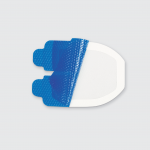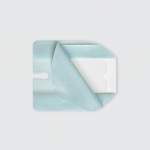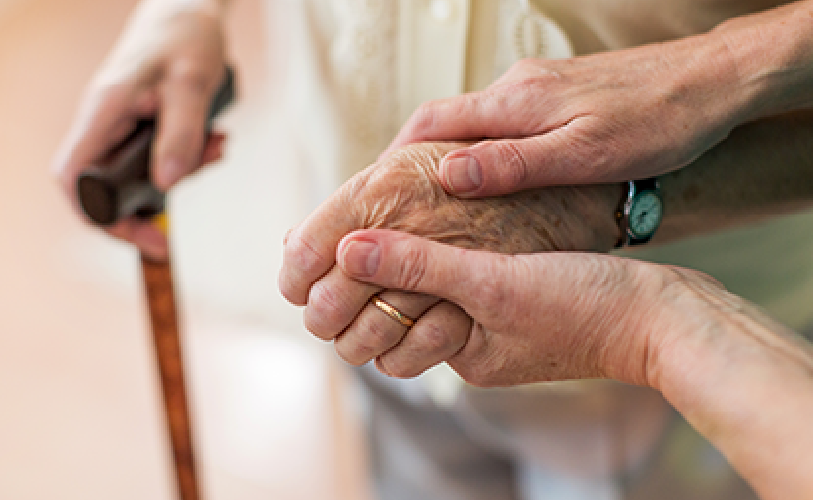Home
/
Sensitive Skin Solutions
Sensitive Skin Solutions
IV care dressings that hug, not hurt.
Soft silicone for sensitive skin.
5 of the Top 10 Children’s Hospitals Choose Our Silicone Dressings for Pediatric Cancer Treatment





With more than 20 years of experience, Covalon is uniquely positioned to transform the patient and clinical experience, one dressing at a time. Compassion doesn’t just start in our hearts and end at our fingertips – it extends to the technology we hold in our hands.
Reasons to Use a Silicone Dressing
IV Clear® and CovaClear® are silicone-based dressing options.

Atraumatic Adhesion
Silicone secures and bonds gently with the microcontours of the skin.

Simplify Site Monitoring
Minimize the number of dressing changes with clear and total dressing transparency.

Seamless Antimicrobial Barrier
IV Clear® has an evenly woven concentration of chlorhexidine- not a concentrated spot.

Apology-free Removal
Our silicone dressings feature a gentle release design, no adhesive removers needed!
Featured Products
Find the Right Dressing for your Patients

IV Clear®
The world’s only dual-antimicrobial, clear IV dressing made with soft silicone.

CovaClear® IV
The unique soft silicone solution for sensitive skin, free from antimicrobials for gentler care.
A NICU Mom's Story
Play Video
Turning NICU Pain into Protection for Future Babies
Alex, a new NICU mom, faced the setbacks of her daughter battling a hospital acquired infection.
Listen to her inspiring story.
“Every little detail in the NICU counts. A single IV dressing can mean the difference between a successful discharge or another sleepless night.”
– Alex Anderson, NICU Mom
Beyond the IV Line: Kids Just Want to Be Kids
Learn how to keep pediatric lines safe and clean, while they play and explore.
VALGuard® is chosen by top children’s hopitals- watch to learn more!
VALGuard® is chosen by top children’s hopitals- watch to learn more!
Educational Videos
The world’s only dual-antimicrobial clear silicone adhesive IV dressing with Chlorhexidine and Silver.
Protect against Medical Adhesive Related Skin Injury before it happens with CovaClear IV – the skin sensitive dressing.








